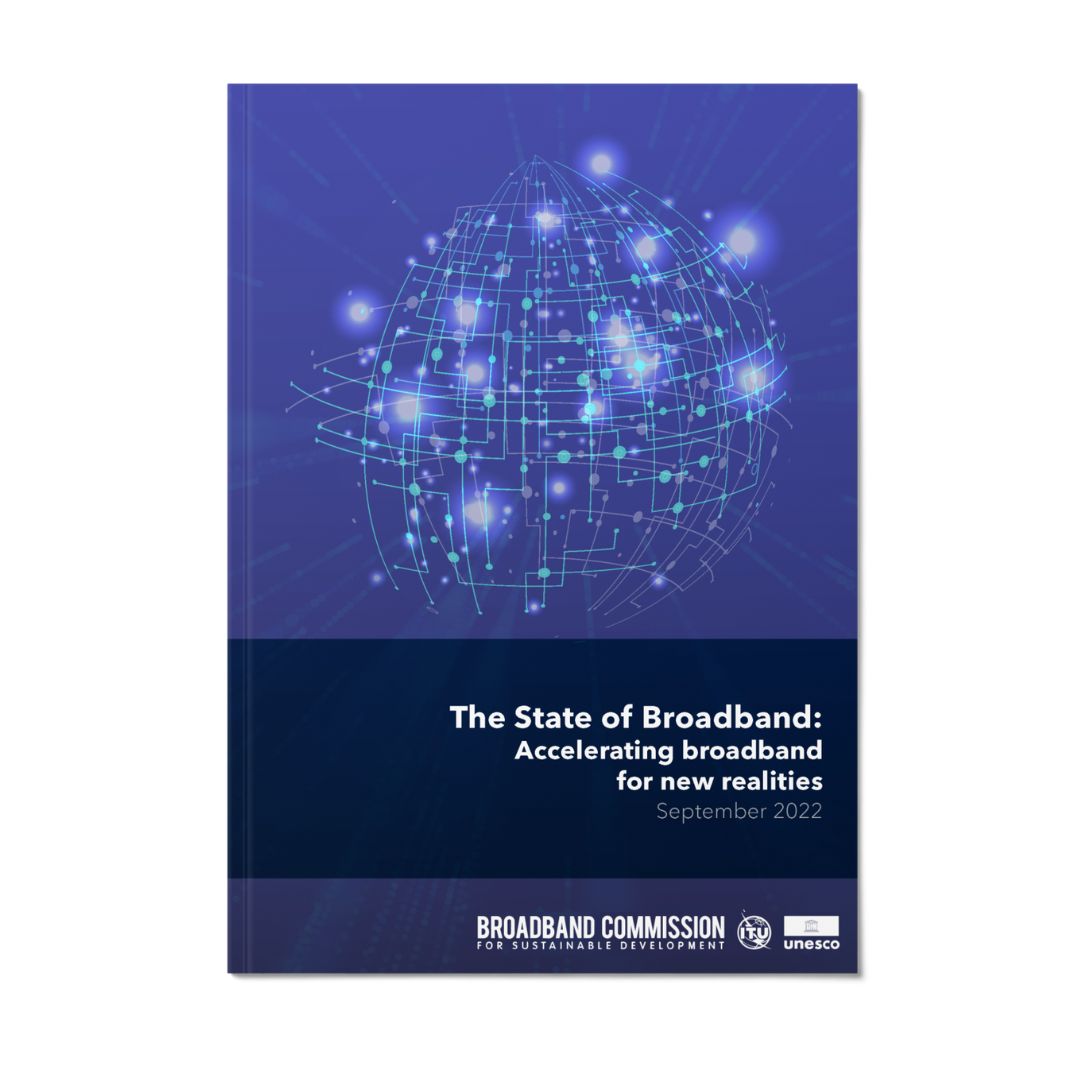Connectivity is foundational to digitalization, and digitalization has the potential to help fulfil all 17 of the Sustainable Development Goals (SDGs).
Against that backdrop, industries, governments, civil societies, and institutions need to do everything possible to widen access to the high-performing connectivity upon which exponential technologies like AI, VR and IoT flourish. On the road to the 2030 SDGs, the Broadband Commission’s 2025 target “Get Everyone Online” will be a key connectivity milestone.
There are less than one thousand days remaining to meet this crucial 2025 target, and the world is not where I hoped it would be. 2.7 billion people remain offline, and it is clear more effort is required to connect them. This is especially true in less developed countries where Internet adoption is at 19.5 per cent, well below the 35 per cent the Commission is seeking in its 2025 target.
Literacy and skills must be a focus area as they continue to represent the single biggest barrier to mobile Internet adoption. Industry can help governments break this barrier through both partnerships and direct initiatives.
At Ericsson this includes, for example, our flagship Connect to Learn program which, with likeminded partners, provides young people with digital skills and has reached 200 000 students in 25 countries. Another key to meeting the Broadband Commission’s 2025 target is building out highperforming networks as fast and as affordably as possible.
No country should be left behind in these efforts, and where coverage shortfalls exist, there is a proven, affordable and ubiquitous solution used the world over: radio base stations. Through selective investment in mature mobile broadband technologies, communications service providers can sustainably expand coverage by upgrading existing 2G (GSM) base stations, as well as targeting un-covered areas with new 4G (LTE) and 5G deployments.
To speed deployments, governments need to foster an investment-friendly environment, where, for example, network operators can recoup their investments above the cost of capital. Technology-neutral regulations should also prevail to spur free market competition—something which requires governments to refrain from protectionist and preferential treatment of domestic suppliers.
It is also important to make spectrum available in a timely manner and on technology-neutral terms, as well as to streamline site permits and to harmonize electromagnetic frequencies.
If we are to close the connectivity gap and realize the potential of the SDGs, we need to speed up the roll out of at-scale, proven, affordable, modern networks and give people the skills and education to access them. Let us do that now.


